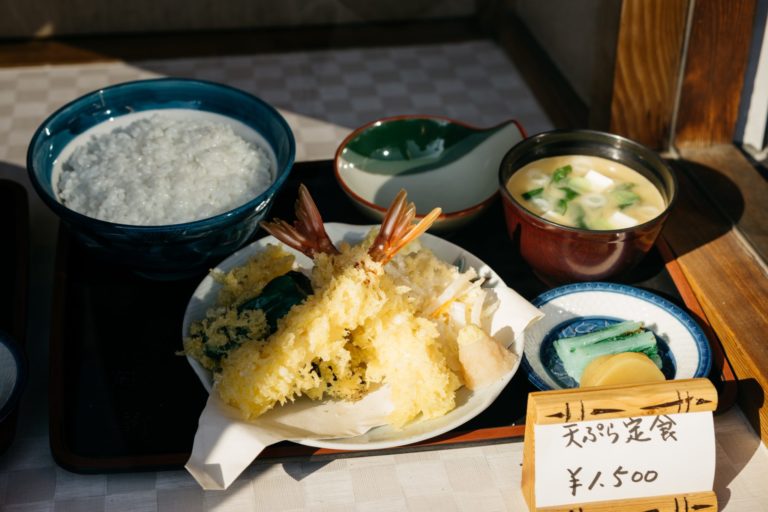
Explorers of the world say, that to be able to truly experience and immerse yourself into a foreign culture, you need to be open in embracing its cuisine- and Japan is no exception.
Japan is a food destination for many connoisseurs, or just simply food lovers, with many being introduced into Japanese cuisine through sushi, udon ramen, and okonomiyaki. There is no denying that Japanese are skilled at home-style cooking and fast-food, but there is more to this island nation than just the mainstream dishes we have craved and loved.
The life expectancy in Japan is one of the best in the world, with 86.7 years as the estimated longest life expectancy for Japanese women alone, according to the World Health Organisation (WHO). Research in the past discovered that the eating habits of Japanese play a huge part in adding years to their life expectancy, because of the control they apply when preparing their daily meals to achieve a balanced diet, also known as Ichiju-Sansai.
“Ichiju-Sansai”: ichi means ‘one’, ju means ‘soup’, san means ‘three’, and sai means ‘dishes’.
Ichiju-Sansai is a dining ritual that has been passed down for generations, which many Japanese swear by, because of how healthy and simple it is to follow. The meal is a perfect balance of vitamins and minerals from vegetables (side dish), carbohydrates from rice, protein from meat or fish (main dish), and water from soup to hydrate the body.
As you can see, Ichiju-Sansai is an ideal meal that is well-balanced nutrition-wise, now let’s further breakdown the different constituents that make up Ichiju-Sansai:
Gohan (rice)
Rice is an essential component to the national cuisine, hence why it is also part of the Ichiju-Sansai meal plan, but more importantly because it serves as an energy-giving carbohydrate.
Tsukemono (pickled vegetables)
Tsukemono are preserved vegetables such as cucumbers, eggplant, turnips, and ginger- just to name a few. These pickled vegetables serve an important purpose than just add colour to the meal and elevate the plate, because they consist of enzymes that help to improve digestion and the health of your skin.
More importantly, tsukemono are richer in vitamins, minerals, and dietary fibre compared to fresh vegetables due to the techniques employed during the fermentation process.
Shiru (soup)
Soup also holds a place in the Ichiju-Sansai meal, with miso soup being the all-time favourite to be served as part of the meal set. Miso soup is made from fermented soybeans that follows a similar fermentation process to tsukemono, which facilitates the growth of probiotics and beneficial bacteria.
Amino acids in the soybeans can strengthen your immune system by helping blood circulation.
Okazu (main +2 side dish)
This three-side dish consists of fish or meat with two sides of vegetables. Traditionally the main protein would a grilled fish because of its high content of omega-3 acids, which is known to lower blood pressure, slow the development of plaque in the arteries, and decrease the likelihood of heart attacks.
The Ichiju-Sansai is a dining ritual incorporating a variety of food from each food group to establish a well-balanced diet, to harmonize carbohydrates, vegetables, and proteins in one meal so that you meet your daily nutrient needs.


